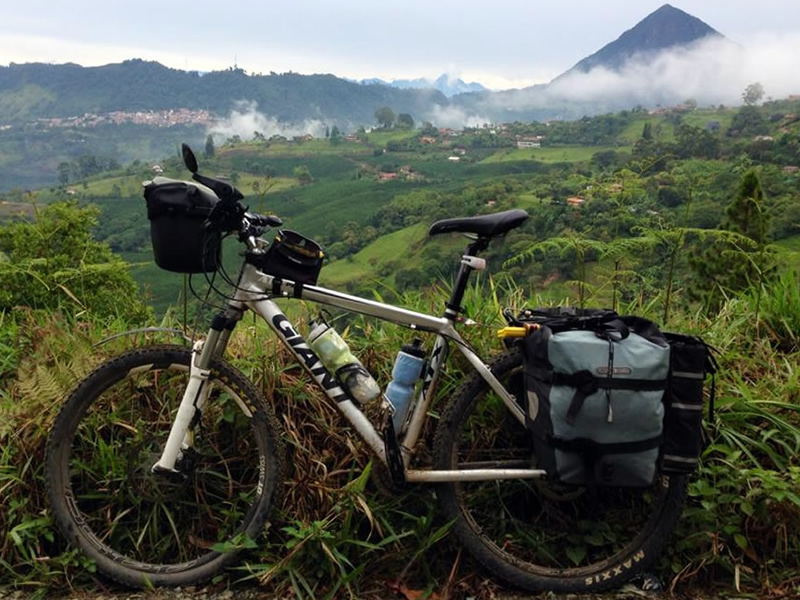How to Prepare Your Mountain Bike for a Long Ride

How to Prepare Your Mountain Bike for a Long Ride
Before any long ride, give your bike a thorough inspection. You don’t need to be a pro mechanic, but it’s worth investing some time in key areas:
Planning a long-distance mountain bike trip is one of the most exciting experiences for any rider. Whether you're heading down rural roads, technical trails, or remote mountain paths, good preparation can mean the difference between an epic day and one full of setbacks. In this post, we’ll walk you through how to get your MTB ready to handle mile after mile without surprises.
1. General Maintenance: Start with a Full Check-Up
Before any long ride, give your bike a thorough inspection. You don’t need to be a pro mechanic, but it’s worth investing some time in key areas:
Chain and drivetrain: Clean and lube the chain, check for wear on the cassette and chainrings, and make sure your shifting is smooth and precise.
Tires: Set the proper pressure based on terrain and rider weight. Inspect for cuts, cracks, or worn tread. If you use tubeless tires, top off the sealant if it’s more than three months old.
Wheels and spokes: Spin the wheels to ensure they're true and tight. Listen for clicks or vibrations and tighten spokes if needed.
2. Suspension: Tune It for the Extra Load
3. Brake System: Don’t Underestimate It
One of the most overlooked—yet critical—components on a long ride is the braking system. Long descents with underperforming brakes can turn dangerous quickly.
Check your brake pads: They should have plenty of material left. If they’re worn down, replace them ahead of time.
Hydraulic brake bleed: If your brake levers feel spongy or sink too far, your brakes likely need a bleed. This is especially important if you’ll be riding in extreme heat or taking on long downhills.
Rotors: Inspect for warping and make sure they’re within the manufacturer’s thickness specs.
💡 At Hard Headed Ram, we carry high-performance MTB brakes designed for demanding, long-distance rides. If you're unsure whether your current brakes are up to the task, don't hesitate to reach out—we're brake experts and happy to help you find the perfect setup.
4. Tools and Spares: Bring the Essentials, Not Everything
Pack smart. Here’s a solid basic toolkit:
Multi-tool with chain breaker
Patch kit and spare tube (or tubeless plugs)
Pump or CO2 inflator
Quick link for your chain
Extra brake pads (seriously—you’ll thank us later)
5. Personal Fit: Comfort Is King
Hours in the saddle can turn a small issue into a big problem. Take time to dial in:
Seat and handlebar height: Avoid lower back pain or numb hands with proper fit.
Pedals and cleats: Check for tightness and wear. Loose connections can be dangerous.
Grips and gloves: Don’t skimp here—worn grips or thin gloves can ruin your hands.
6. Test Ride Before You Go
Take a fully loaded test ride with all the gear you plan to bring. This helps you check for awkward weight distribution, strange noises, or any adjustments you might need to make before the big day.
Final Thoughts
Getting your mountain bike ready for a long ride is just as important as training or planning your route. It’s not just about avoiding mechanical issues—it’s about maximizing your confidence and enjoyment on the trail. From properly tuned suspension to a dialed-in braking system (don’t skip this!), good prep leads to great rides.
Ready for your next big adventure? Double-check your setup, pack wisely, and hit the trail. And if you’re looking to upgrade or fine-tune your brakes, we’ve got exactly what your ride needs—and the knowledge to guide you through it.
Table of Contents
Toggle